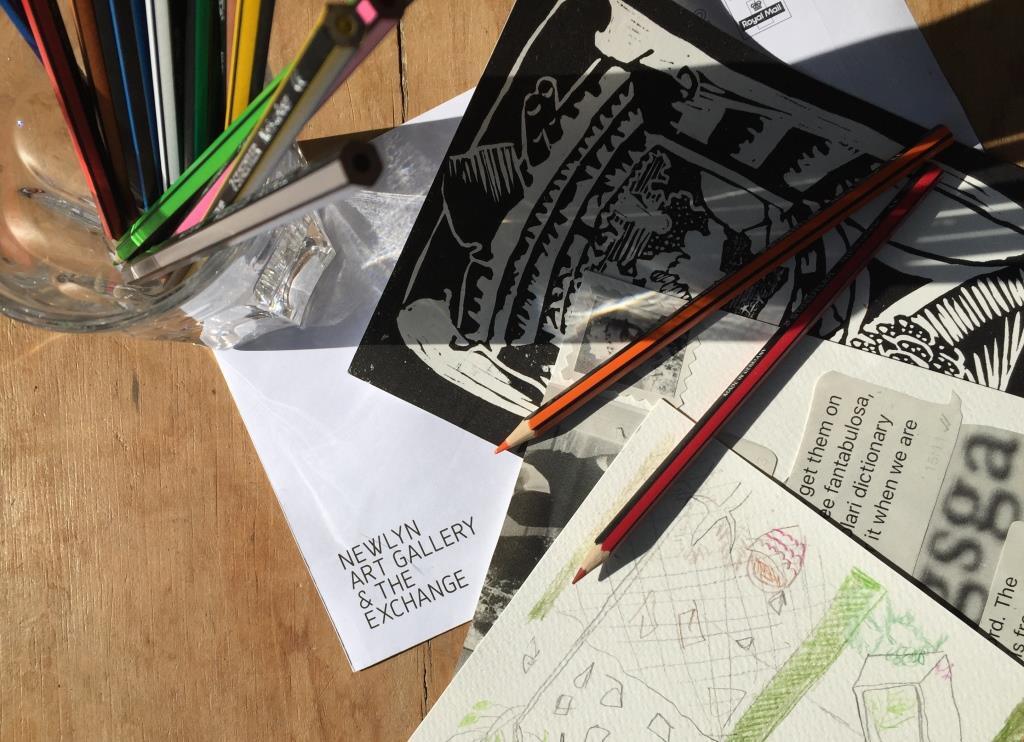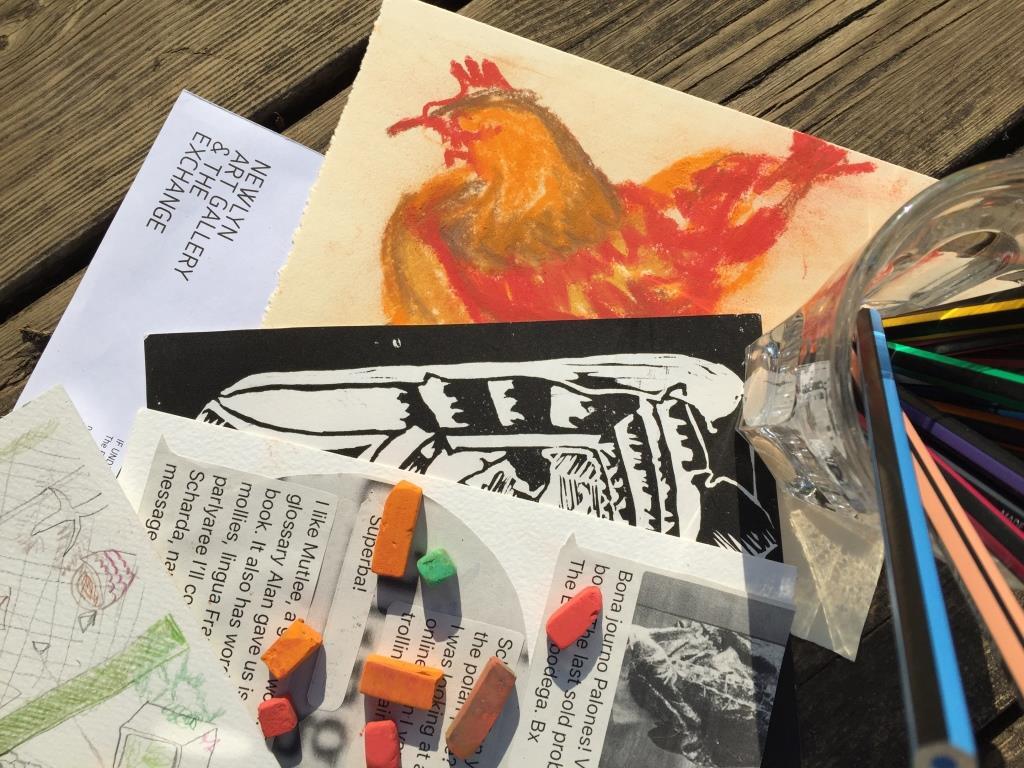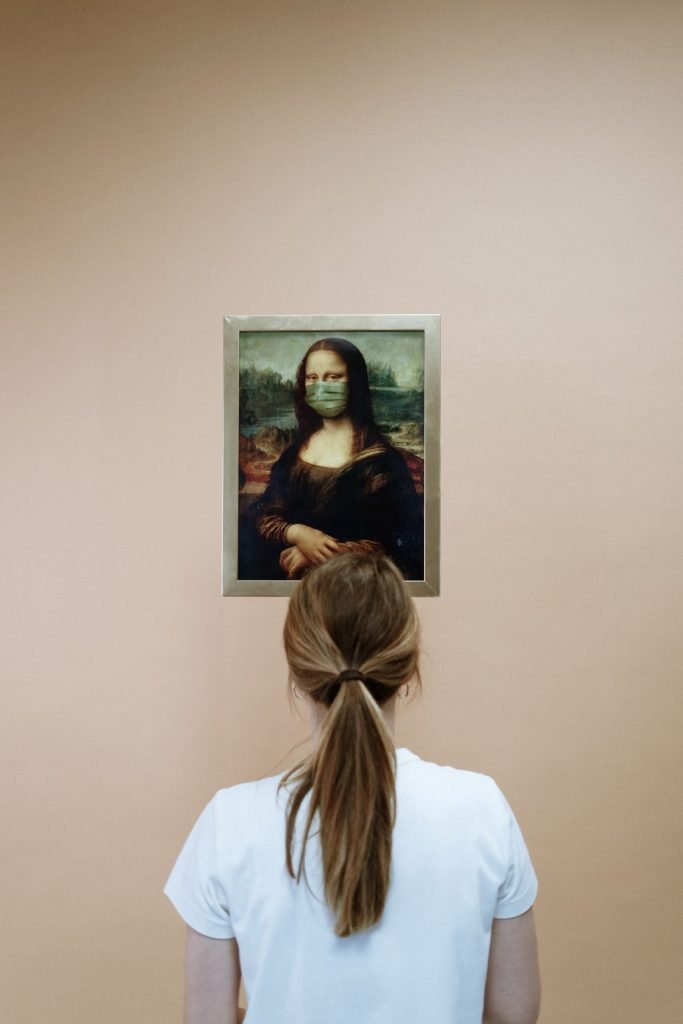As Cornwall’s museums and galleries prepare to reopen, what should be their focus in a post-Covid world?
After long months of closure, from 4 July museums and galleries in England have had permission to reopen their doors to visitors. It’s a gradual process, as organisations access their specific health and operational risks, and prepare us for “Covid-secure” behaviours such as pre-booked timed entry and one-way routes.
As with other public-facing sectors, the impact of Covid-19 has been profound. In May an estimated 90 per cent of museums globally were closed, with the International Council of Museums (ICOM) predicting that one in eight museums worldwide might never reopen.
In Cornwall, as elsewhere, restrictions on social life and our physical engagement with the world have shown that we need our museums and galleries more than ever. They satisfy our need for places of collective belonging and cultural expression and of individual learning and experience, safe places where we can explore uncomfortable questions – or just simply “be”.
Before the lockdown, museums and galleries were already reinventing their relevance to contemporary society, particularly by working with different communities. ICOM recognised this shift in September last year, proposing a radical revision of its 1946 definition of the museum to reflect the steady transformation of museums from treasure troves conserving heritage and endorsing a narrative of history and culture, to democratising, inclusive, diverse, participatory and transparent multi-voiced spaces with an ethical responsibility towards ”‘human dignity and social justice, global equality and planetary wellbeing”.
The UK museums and galleries sector has been a leader in this evolution. As Sharon Heal, Director of the Museum Association, argued in 2019: “The big issues in society, from homelessness and poverty to decolonisation and climate crisis, need to be reflected in our museums and in our definition of what a museum is. If we are to be relevant and diverse multi-layered socially connected communities, we need to constantly review and refresh our definitions and our ways of working.”
Lockdown has accelerated this process, not least through the use of digital technology as a tool for engaging diverse audiences. Rather than replacing analogue experiences, digital technology has become a powerful tool for enhancing visitor experience. It can break down potential barriers to engagement for a wide range of people, especially the harder-to-reach 16-25 year old demographic, those with disabilities, and those who might normally find visiting a museum or gallery intimidating.
During lockdown, programming online became the only means of connecting, of keeping audiences in conversation, and this conversation has taken on a new resonance, with many organisations offering creative experiences virtually. The physical absence of audiences has sharpened thinking about what it means to be an audience-focused organisation, and how museums and galleries might address their visitors’ emotional needs.
The UK’s Creative Industries have been one of our success stories in the last decade, enjoying a year-on-year upward trajectory, employing over two million people and generating a staggering £111.7bn – more than the automotive, aerospace, life sciences, and oil and gas industries combined. But In June, a report by Oxford Economics forecast that this sector now looks set to decline by 25 per cent, precipitating a loss of 406,000 creative jobs. Museums and galleries in particular are likely to lose 4,000 jobs by the end of the year, and £743m in revenue.
Cornwall relies on its reputation for cultural tourism, which contributes 24 per cent of Cornwall’s GDP and 25 per cent employment. With more than 70 museums, many independently run, Cornwall has more accredited museums than any other region.
In May, Cornwall’s Museum Partnership reported to the Department of Culture Media and Sport[AS1] (DCMS) on the impact of Covid-19 on Cornwall’s museum sector, highlighting serious financial and structural challenges, exacerbated by long term underinvestment and over-reliance on a workforce of older volunteers. But the report also flagged up the sector’s strong relationships with local communities, calling for a review of policy and strategy in support of local museums: “Covid-19 must be the moment we prioritise museums who serve their community.”

There are many examples of imaginative and meaningful community-based projects in Cornwall that have responded to the particular circumstances of lockdown. For instance, Newlyn Art Gallery & The Exchange (Arts Council England’s most remotely located National Portfolio Organisation) launched a whole-community postcard project, “Extraordinary Postcards for Extraordinary Times”, which invited people to document their unprecedented summer on a postcard. All returned postcards will be exhibited in the gallery in the autumn as a community celebration of individual creativity.
Before Covid-19 shuttered airports and tourist attractions, almost half of all visits to DCMS-funded museums were made by international visitors. The dramatic shut-down of international tourism, and the likely slow-burn return to anything like previous levels of international travel, have led to increasing discussion of “hyper locality” – the idea that museums should focus much more on their immediate local audiences. Even metropolitan museums are reviewing their programmes, a trend welcomed by London-based museum directors such as Tim Marlow at the Design Museum: ‘I love the idea of hyper locality. The idea of re-engaging locally and all museums becoming local hubs rather than obsessing with internationalism’.

Cornwall’s museums and arts organisations have long valued their locales, while recognising the importance of remaining open to ideas and experiences from elsewhere. Tate St Ives, for example, was established partly to celebrate creative dialogue between the local and the global, while CAST in Helston has made a virtue of exploring local histories and experiences in an international context.
Back in 2015, museologist Anthony Alan Shelton proposed that museums should become “culture lounges”, embedded in and between communities, embracing contradictions and tensions, linking traditional and emerging communities. It’s an attractive idea: that the purpose of our museums should be to encourage a complex, multi-cultural and sensorial understanding of our world, and wonderment at its diversity as well as commonality.
It will certainly take time, empathy and active listening to restore our museums, galleries and arts organisations to spaces where we feel safe, where we can relax, be entertained, act collectively or agree to disagree. But in serving its communities in a post-Covid, post-Brexit world, the ongoing challenge for museums, galleries and arts organisations in Cornwall and the South West will be to keep connected globally and to link the specificity of local realities, histories and experiences to those of people in Europe and around the world.






